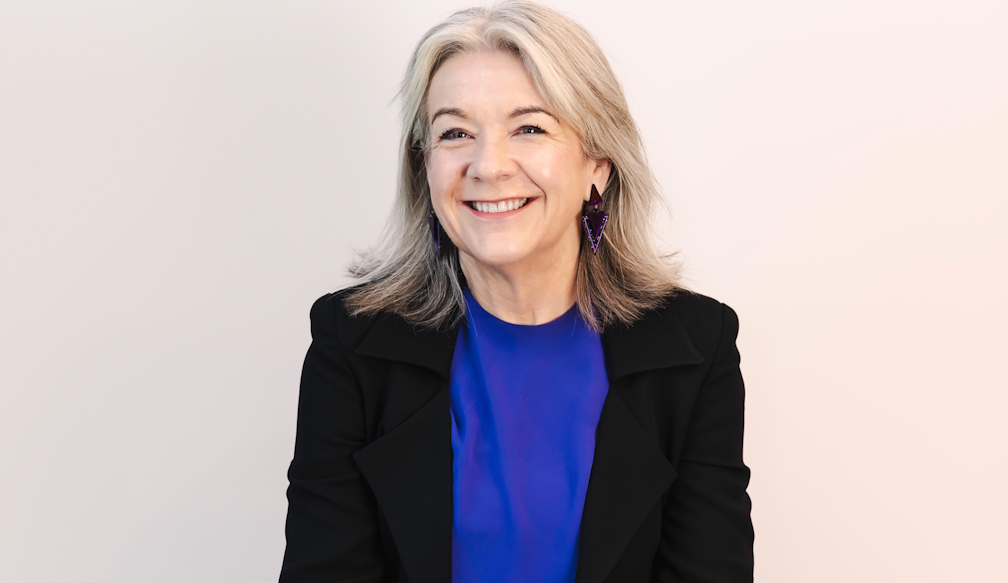Partnership helping corporate Australia cut $6.5b climate compliance costs
- Written by Times Media

Australia’s largest companies are spending billions collectively on compliance with climate disclosure obligations, but experts warn a ‘compliance at all costs’ approach could halt innovation and slow the progress to net zero.
More than 5,000 Group 2 and 3 organisations (mid-sized and large entities that meet specific revenue, asset or employee thresholds under Australia’s new climate reporting framework) will be legally required to measure, report and mitigate their climate risk in line with Australian Sustainability Reporting Standards (ASRS) and AASB S2 climate-related disclosures.[1] Treasury estimates transition costs will be up to $1.3 million per organisation, with ongoing reporting costs of up to $700,000 annually.
These funds are diverting potential investment in sustainability efforts, new technology and skills development and causing a compliance burden on corporate climate action, says Edge Impact, an award-winning B Corp certified global sustainability consultancy that is helping organisations meet the requirements.
“It’s great to see climate hard-wired into the economy however as a result we’re starting to see businesses redirect what were sustainability budgets into disclosure and reporting,” said Alison Rowe, CEO at Edge Impact. “Even some of the most proactive companies have started to shelve innovation programs to keep up with reporting requirements. That’s an unintended consequence of mandatory reporting, as compliance was meant to accelerate climate action, not suffocate it.”
A new model of compliance to free up capital for innovation
To solve this, Edge Impact – part of the global sustainability group RSK – is partnering with cleantech company Greener to deliver a purpose-built compliance platform to help scale efficiency and cut climate reporting timelines from years to months. The solution, which has been developed according to Greener’s datasets and bespoke AI models and combined with Edge Impact’s regulatory expertise, is designed to lower preparation expenses and free up capital for reinvestment into genuine decarbonisation initiatives.
The platform is open and accessible to other consultants and businesses across all sectors, providing an industry-wide tool to accelerate climate action and simplify compliance. Early adopter pilots have identified 23 per cent faster emissions measurement cycles, with some clients forecasting savings of up to 35 per cent by year’s end.
“Our goal is to provide teams with the technology to dramatically scale their impact,” said Tom Ferrier, CEO of Greener. “By automating complex, labour-intensive reporting tasks and delivering audit-ready outputs, we’re enabling Edge Impact’s consultants to work faster and deliver deeper sustainability insights. In many cases, this will be at a much lower cost than what’s been forecast by the government.”
Compliance reporting is coming; most companies aren’t ready
Edge Impact estimates that more than 80 per cent of Australian companies still lack mature sustainability frameworks and many are now rushing to build reporting infrastructure from scratch by the 2026 deadline. For others that are more advanced in their ESG journey, the problem is inverted, with the labour-intensive disclosure obligations cutting down the time and capital for scaling climate solutions.
It’s a dynamic Alison likens to the introduction of the Modern Slavery Act, when many organisations ticked the boxes for the law but took time to implement substantive change. “With climate change, we don't have the luxury of five years for impact to follow compliance,” Alison says. “The next 18 months will see whether Australia gets ahead or stuck in the admin.”
Competitive advantage beyond compliance
While most solutions stop at disclosure, this solution is designed to transform compliance into competitive advantage. By combining automated reporting with ESG strategic consulting, organisations can meet regulatory demands faster as well as build internal capacity, attract sustainability-focused investors and future-proof their businesses.
“The businesses that will thrive in the coming decade are the ones that look beyond the checkbox,” Alison adds. “They will take compliance as a launching pad to unleash capital, develop capability and drive the innovation Australia must have to achieve its aspirations.”
About RSK Australia
Established in 2021 as part of the global expansion of RSK Group, RSK Australia provides bespoke solutions to address the needs of clients in a sustainable way.
Our vision is to become a leader in the Australian engineering, water, energy, infrastructure and environmental consulting industries, delivering a complete service across the region and enabling opportunity and progress for the people, businesses and communities we work alongside. We see particular growth in the renewables sector and are poised to provide energy transition solutions for wind, solar and new grid transmission development across the region. Our work in Australia is a crucial part of our 2030 Global Growth Strategy, with the country earmarked for significant expansion over the next few years.
RSK Australia’s multidisciplinary companies are committed to a range of large environmental and infrastructure projects in Australia and New Zealand. The businesses are:
ADENCO – specialising in dewatering, water management and civil engineering;
Binnies Australia – an established name in the water sector, providing innovative solutions to complex engineering and environmental challenges;
Edge Impact – an award-winning B-Corp-certified global sustainability consultancy;
EDP Australia – delivering health and safety, asbestos, property compliance, environment, sustainability and security services;
Extent Heritage – a national heritage management and archaeological business;
Pensar – an infrastructure solutions provider servicing a range of industry sectors;
Projence – an integrated project management and commercial services business;
Renzo Tonin & Associates – a leading noise and vibration consultancy providing acoustics, vibration and structural dynamics consulting services;
SJA – providing advisory services, planning and programming, project management and quantity surveying for the construction industry.
About Edge Impact
Edge Impact is an award-winning B Corp certified global sustainability consultancy. For more than 16 years, Edge Impact has empowered organisations to be impact-focused, resilient and future-ready. We combine science, strategy and storytelling to help business, government and industry leaders achieve extraordinary environmental and social outcomes. Edge Impact empowers passionate changemakers to drive transformation for a healthy, sustainable future.
[1] https://aasb.gov.au/media/




















